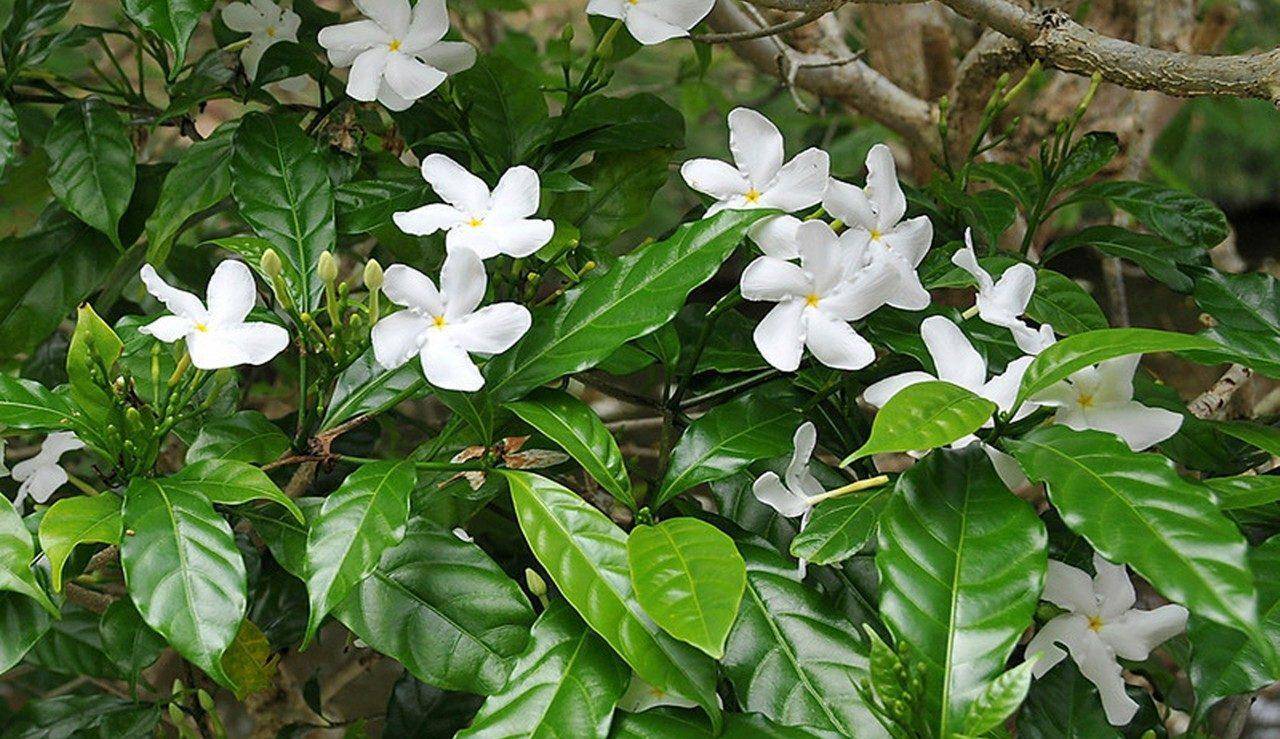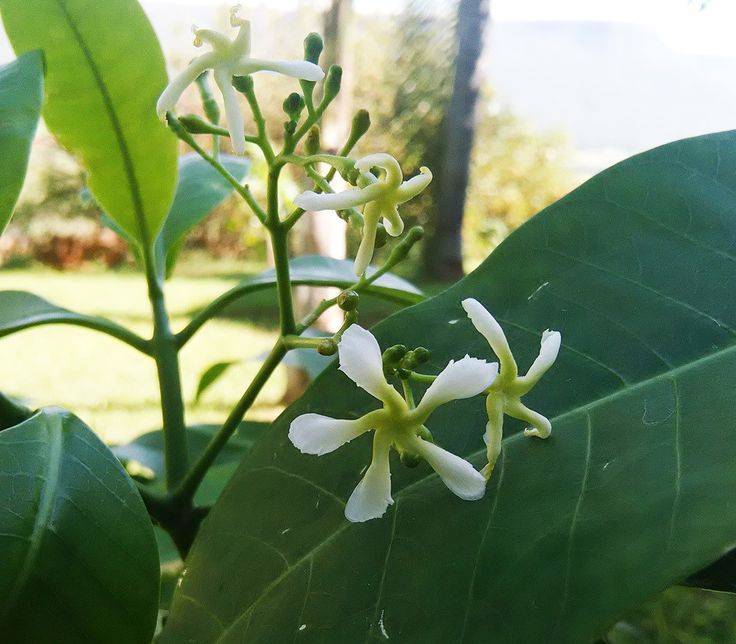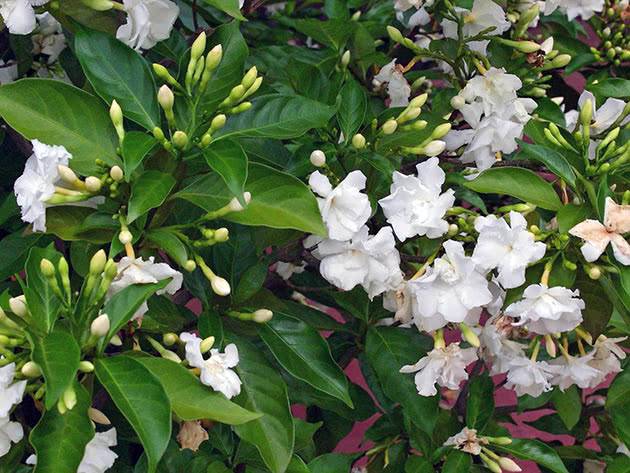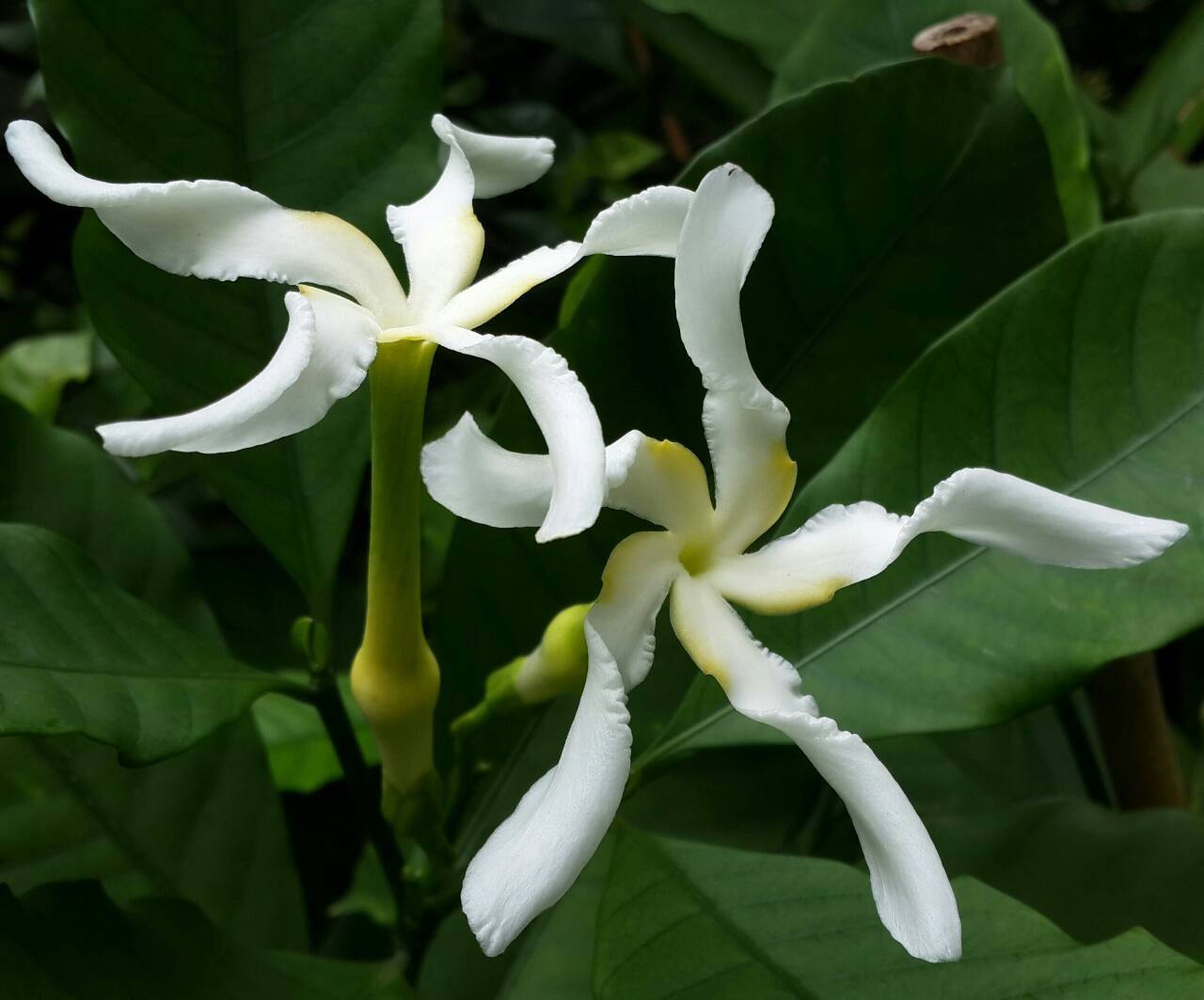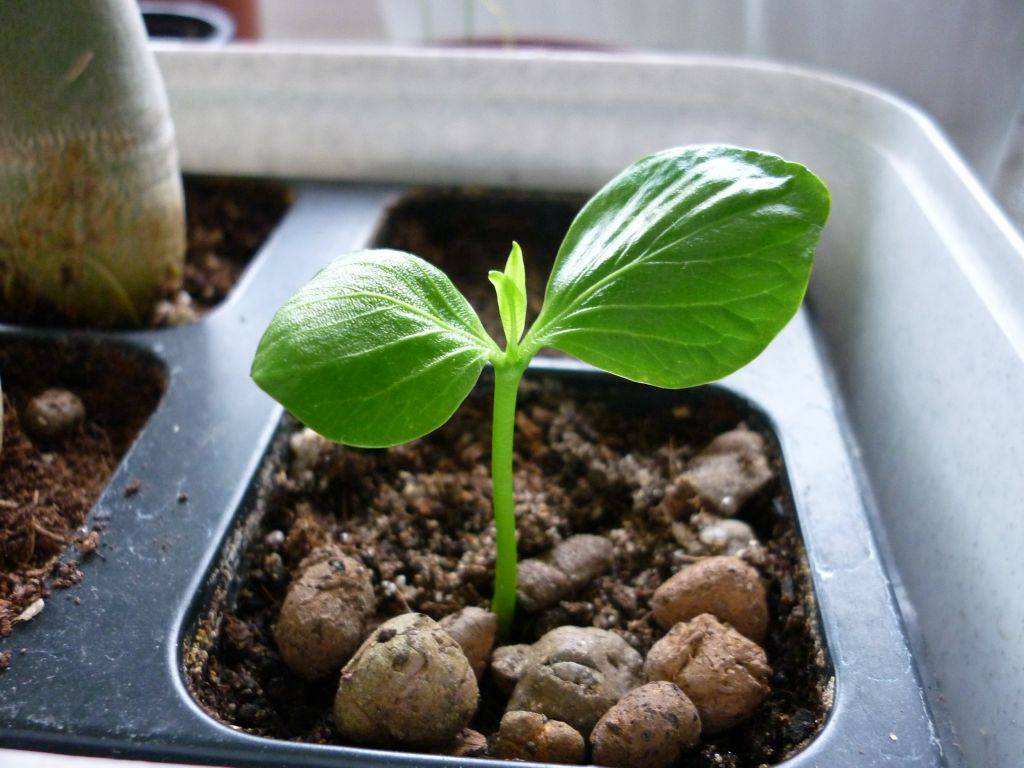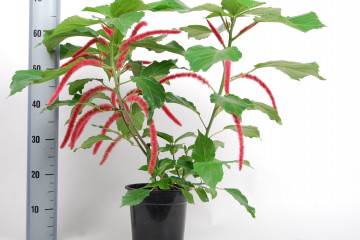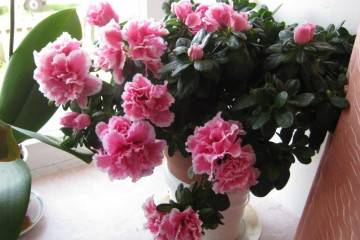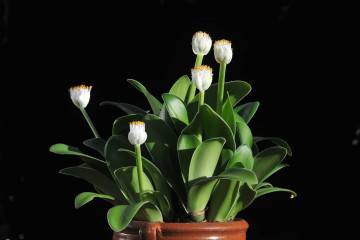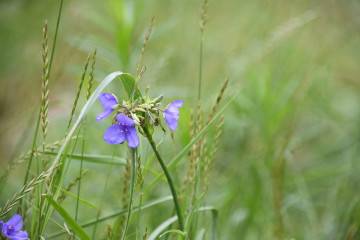Tabernemontana - home care
Content:
Tabernemontana is by far the most popular home-grown East Indian oleander. Due to its unpretentiousness to living conditions and simple care requirements, this flower is very popular among florists. It has an excellent decorative appearance all year round.
History of origin and description of tabernemontana
Despite the complex name, the plant is often used for home decoration. Some of its varieties resemble hydrangea, others are jasmine. There is even a tabernemontana reed known as the schenoplectus.
The flower owes its name to one of the "fathers of botany" - Jacob Theodore Tabernemontanus. In the wild, the plant lives in Central and South America, where locals call it the "flower of love". Then it spread throughout the world. Tabernemontana is grown as a decorative home decoration, but in regions with a warm, humid climate, it can be planted outdoors.
Description of tabernemontana
Indoor Tabernemontana varieties look like a small tree or shrub. They have woody shoots and a trunk. In blossoming buds, the petals have double edges. With proper care, flowering occurs throughout the year. The sheet plates have an elongated shape with a pointed end.
Tabernemontana and gardenia - species differences
Many novice growers often confuse these two types. Outwardly, of course, they are very similar, therefore they are distinguished by the following parameters:
- Gardenia does not tolerate bad conditions - its flowers and leaves will turn yellow and fall off. Tabernemontana, on the other hand, will feel pretty good, grow and bloom.
- Flowers have different shapes and scent. In tabernemontana, they are terry. Her leaf plates are pointed, in gardenia they are rounded.
Popular species and varieties
In total, more than 100 plant species are currently known. Few of them are grown as ornamental.
Tabernaemontana Divaricata
The most common variety among florists. It has a beautiful ball-shaped crown. The branches grow horizontally and at the end of each of them snow-white inflorescences bloom. The buds are composed of 5 corrugated petals. At the end of flowering, fruits appear in their place.
Tabernaemontana Elegans
An unpretentious variety with unusual colors, similar to fan blades. The bush is undersized and very branchy. The plant has good winter hardiness and can tolerate light frosts.
Tabernemontana Crowned (Tabernaemontana Coronaria)
Medium-sized shrub, the leaves of which have a relief pattern. Differs in lush flowering - up to 15 buds bloom on each branch.
Tabernaemontana Holstii
Rarely used in home cultivation. The flower petals of this plant are slightly longer than those of other varieties and are twisted in the opposite direction. The leaf plates are long and oval.
Tabernaemontana Sananho
It is easy to confuse this view with Holsta. Sanango has leaves reaching a length of 30 cm. The snow-white petals are inverted and long. The fruits of this type can be eaten.
Tabernaemontana Amsonia
Amsonia tabernemontana is distinguished by its bright light blue flowers. Most often, it is used as a shrub that decorates summer cottages and gardens.
Transfer after purchase
After purchasing a plant, it must be transplanted. This procedure is not particularly difficult. First you need to prepare the ground. It must be water and breathable. The substrate can be prepared independently from leafy soil, river sand, peat and humus.
Then you have to choose a pot for transplanting. The container should be wide and deep with a drainage layer of expanded clay or fine gravel at the bottom. For the flower to develop properly, it must be placed in a suitable place. The plant needs about 5 hours of sunshine per day to grow vigorously. It is recommended to grow on a windowsill facing the east or west side of the house.
Since decorative varieties grow quickly, they need to be replanted 1-2 times a year. The step-by-step process of this procedure looks like this:
- The bush, along with a lump of earth, is removed from the pot.
- A drainage layer, nutrient soil is poured into a new container and the plant is placed.
- The root system is sprinkled with a substrate and well moistened.
Reproduction
At home, you can propagate a flower in two ways: by cuttings or seeds.
Propagation of tabernemontana cuttings
To do this, with a sharp knife or scissors, a part of a branch 10 cm long is cut off from the bush. The stalk is placed in water at room temperature, mixed with coal. If everything is done correctly, then in a month the first roots will appear. After that, the planting material is planted in a mixture of peat and sand. The seedling is moved to a permanent place when it is strong enough.
Seed propagation
Most often, this method is used by breeders to breed new species. The fact is that the plant obtained from seeds will actively grow, but flowering can begin in 5-6 years.
Tabernemontana flower - home care
For the proper growth of tabernemontana at home, you must:
- observe the irrigation regime;
- ensure the required temperature in the room;
- adequate lighting.
In the summer, the flower needs at least two waterings per week, in winter, once is enough. Waterlogging of the soil must not be allowed. Watering can be alternated with spraying the bush.
Top dressing has a great influence on the flowering of tabernemontana. It is necessary to use organic and mineral compositions for this, alternating them with each other. The procedure is performed from spring to autumn.
Features of care during flowering and rest
Depending on the variety, the plant can bloom up to 8 months a year. At this time, he needs regular watering and feeding. It is forbidden to transplant a bush with the onset of the vegetative period.
With the onset of a dormant period, the number of watering and dressing should be reduced.The buds that appear at this time need to be cut off, and the bush should be moved to a room with an air temperature of +16 degrees.
Some varieties can bloom even with the onset of winter. In this case, the bush should be in a room with a temperature of + 18-20 degrees. The amount of watering and fertilizing remains the same as in summer. In order for the plant to receive enough light, it is necessary to provide it with artificial lighting.
Tabernemontana is a bright and unusual plant that is quite easy to care for. Providing him with all the necessary conditions, the flower will be an excellent decoration for the apartment.
